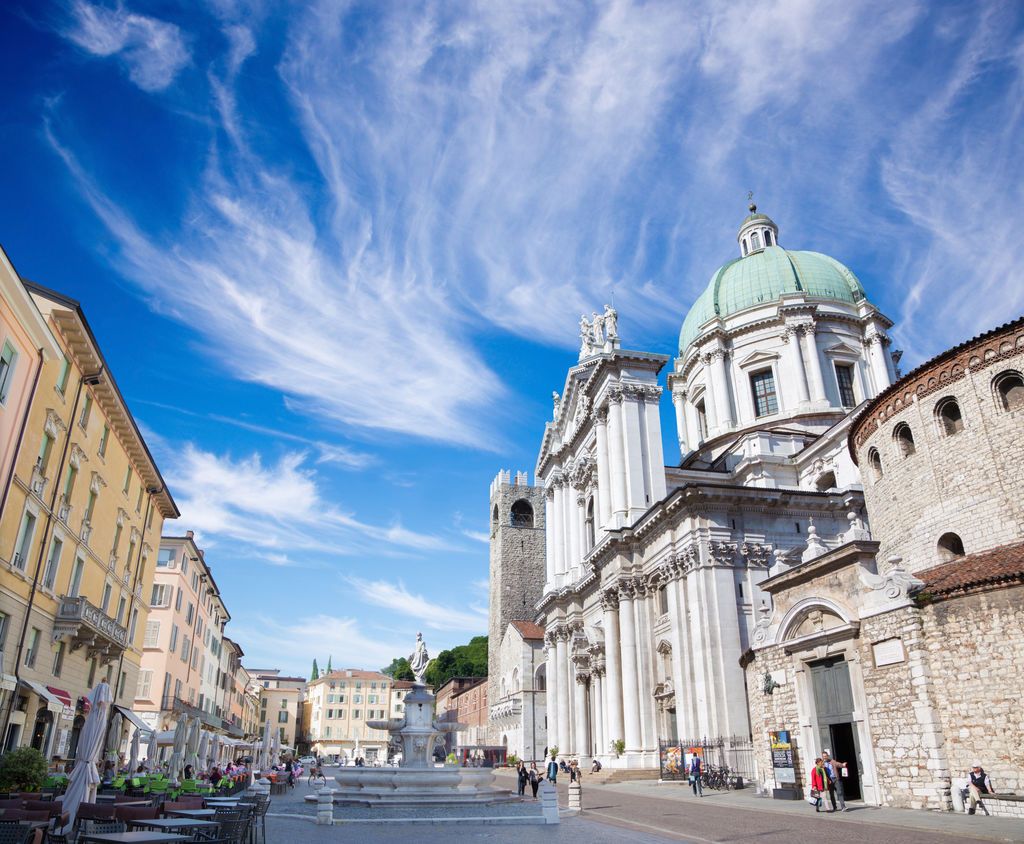



It is the second largest municipality in the region by population, after Milan. Ancient city whose origins date back over 3200 years, Brescia has a conspicuous artistic and architectural heritage: its Roman and Lombard period monuments have been declared by UNESCO as a World Heritage Site. Brescia is among the main economic and production centers in the country and is known for the famous Mille Miglia vintage car race and for the production of Franciacorta wines.

The city of Brescia is nicknamed "Lioness of Italy" for the ten days of resistance to the Austrians during the Italian Risorgimento (from March 23 to April 1, 1849). The historic center is enclosed in the perimeter of the Venetian city walls, demolished between the second half of the nineteenth century and the twenties of the twentieth century, and is dominated by the Cidneo hill on which the castle of Brescia is clearly visible. The rest of the city expands geographically and visually over the whole surrounding territory, enclosed by the belt of pre-Alpine mountains, such as Monte Maddalena (to the east), and Monte Sant'Onofrio (to the north), although the latter does not geographically part of the city territory, but of the hinterland municipalities Bovezzo, Lumezzane, Concesio and Nave.

Mount Maddalena (formerly Mount Denno) is a mountain belonging to the Brescian Prealps that rises close to the city and more precisely in its north-eastern part. Because of its proximity to the city, it is called the mountain of Brescia. 874 meters high above sea level, Maddalena is a real green lung for the city. Another relevant height is the Cidneo hill, above which stands the Castle of Brescia.
Brescia
Address: Piazza della Loggia, 1, 25121
Phone: 030 29771
Site:
http://comune.brescia.itLocation inserted by
Culturalword Abco